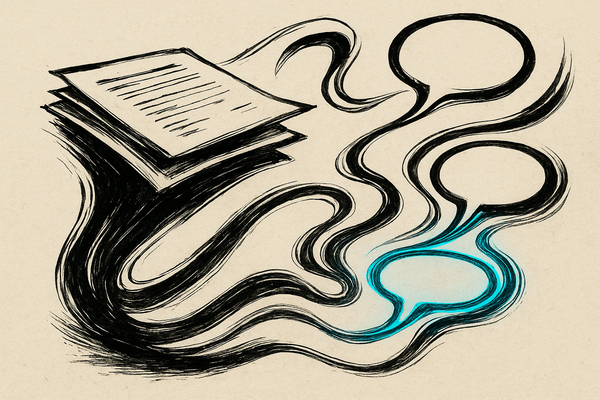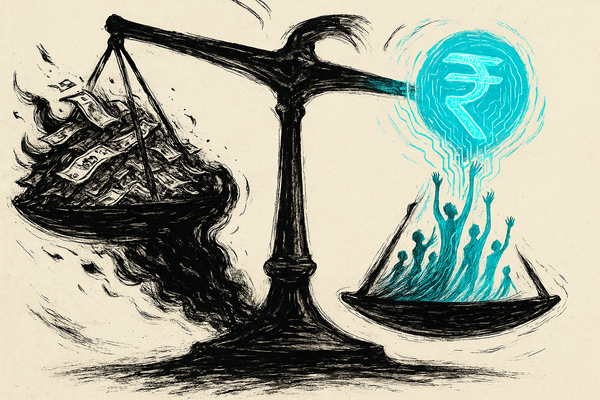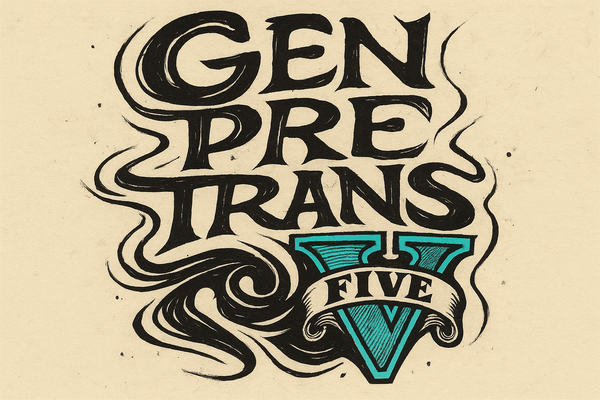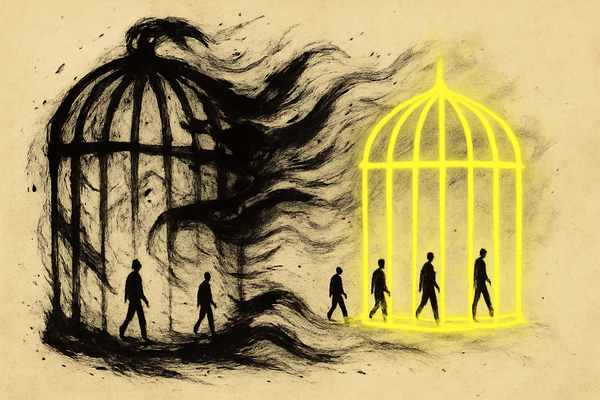Beyond Automation: The Seven AI Experience Archetypes That Will Define the Next Decade
While most AI strategies obsess over automation, they're missing the bigger picture. Beyond task replacement lies a rich landscape of human-AI collaboration. Seven distinct experience archetypes from automation to augmentation showcase how to grow rather than diminish human capability.
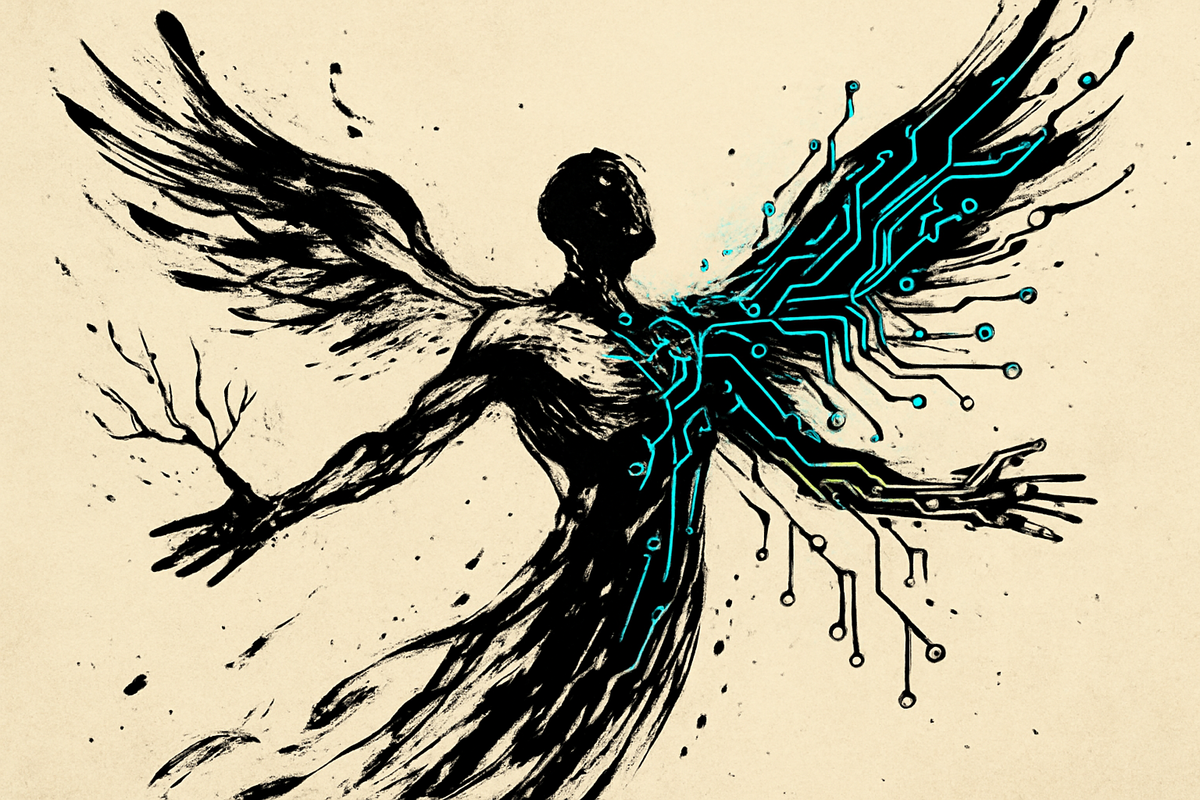
By Sami ViitamäkiAI
Automation Alone Is Just Narrow-Minded AI
Just about every AI strategy document out there reads the same: automate tasks, reduce friction, increase efficiency. It's as if every industry collectively decided that the pinnacle of human achievement is doing less.
This automation obsession isn't just limiting. As we established in our previous piece on ‘AI’s Cognitive Reckoning,’ it can be dangerous, diminishing our mental effort, affecting our critical thinking abilities, reducing our confidence in ourselves, limiting the diversity of our ideas, and increasing productivity expectations to levels where nothing else matters anymore.
Microsoft and Carnegie Mellon researchers found that users' critical thinking abilities decline by up to 75% as their trust in AI tools increases. An accounting firm documented systematic skill erosion as employees became dependent on automated functions. A Wall Street Journal reporter watched his French language skills deteriorate after months of using ChatGPT for email composition.
But for smart companies, teams and individuals the cognitive decline and capability rapture is foreseeable, preventable, and treatable. Indeed, it can be reversed into intelligence amplification and individual, collective and commercial thriving. Many studies and reports thus far have found that humans and AI working together often surpass either working alone.
The highest returns don't come from replacing human effort; they come from enhancing human capability.
And the problem in getting there is no longer the AI. It's our limited imagination about what AI can be and do.
A New Framework: Seven Archetypes of AI Experience
Most organizations are stuck in a binary: either AI can automate a task or it can’t. This is like saying transportation is either walking or teleporting, ignoring cars, planes, bicycles, and every other mode that enhances rather than replaces human movement.
Inspired by and expanding on Gopaldas and Siebert's research on customer journeys, and drawing from broader customer experience research and cognitive science principles, we map AI experiences across two critical dimensions: the effort required from users and the predictability of outcomes.
This creates not two options but seven distinct archetypes. Each serves different human and commercial needs, creating different types of tangible and intangible value, and having different effects on human capability and confidence.
Table 1: The AI Experience Archetype Matrix
| Archetype | Effort Required | Predictability | Core Promise | Example Applications |
| Routine | Low | High | "Make it seamless" | Chatbots, RPA, automated workflows |
| Joyride | Low | Low | "Make it delightful" | TikTok, Spotify Discover, AI filters |
| Trek | High | High | "Guide my growth" | Duolingo, Peloton, AI tutors |
| Odyssey | High | Low | "Fuel my passion" | Adobe CC, GitHub, research platforms |
| Expedition | High | Low | "Help me explore" | AI research assistants, discovery tools |
| Canvas | High | Open-ended | "Empower my creation" | Midjourney, GitHub Copilot, Firefly |
| Agora | Collaborative | Emergent | "Connect us" | AI-enhanced teams, learning communities |
This isn't just a helpful taxonomy. It's a strategic toolkit for designing AI experiences that go far beyond automation.
The Four Core UX Archetypes: From Automation to Augmentation
1. The Routine: Necessary but Risky if Overused

What It Is: The Routine makes recurring tasks frictionless and predictable. Bank of America's Erica handles 100 million customer requests. While Amazon Go initially floundered, its successor can soon make routine purchases magically automatic even in person. These systems optimize for zero thought.
The Psychology: Built on habit formation theory and cognitive load reduction, Routines free mental resources by eliminating decisions. The less you think, the faster you are, and the better this is for the business.
Why It Matters: You need these, but in moderation. Every organization requires some automation for truly low-value routine tasks. The danger comes when Routines dominate your AI portfolio, creating what researchers call "cognitive offloading": the gradual erosion of human judgment and problem-solving ability.
Real Implementation:
- External: Starbucks' mobile app reorder feature—same drink, zero friction
- Internal: JP Morgan's COIN system reviewing legal documents in seconds
Strategic Principle: Use sparingly for genuinely repetitive tasks. Always maintain human oversight and periodic manual practice to prevent skill atrophy.
2. The Joyride: Engagement Without Growth

What It Is: The Joyride creates effortless but unpredictable experiences that delight through novelty. TikTok's algorithm serves an endless stream of surprises. Spotify's Discover Weekly introduces new music. AI filters transform selfies into art.
The Psychology: Joyrides exploit variable reward schedules; the same mechanism that makes gambling addictive. Unpredictable rewards trigger stronger dopamine responses than predictable ones, creating powerful engagement loops.
Why It Matters: Joyrides can build brand affinity and capture attention, but they can also revert to cognitive junk food. Great for consumer marketing; dangerous as the primary mode of interaction. They can fragment attention and create unhealthy dependencies.
Real Implementation:
- External: Lensa AI's artistic avatars—upload selfies, receive surprising portraits
- Internal: Gamified training that makes compliance learning "fun" through points and surprises
Strategic Principle: Deploy for engagement and marketing, but don't confuse entertainment with cognitive development. Never position Joyrides as primary productivity tools.
3. The Trek: Where Capability Building Begins
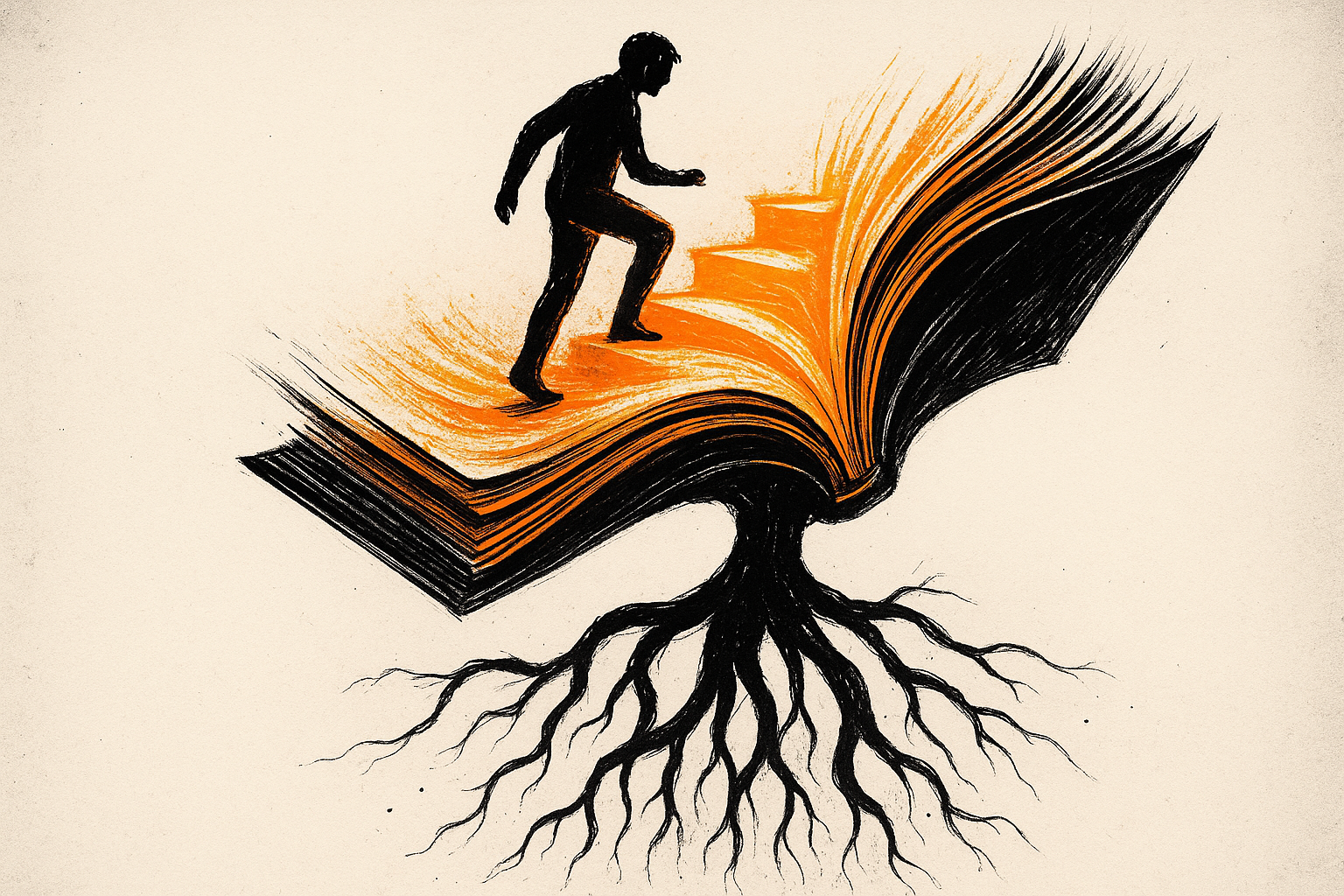
What It Is: The Trek creates structured, effortful journeys toward specific goals. Unlike Routines that eliminate effort, Treks optimize effort for maximum learning. Duolingo doesn't make language learning easy; it makes it optimally challenging.
The Psychology: Based on goal-setting theory and the concept of "desirable difficulty," Treks maintain users in the zone of proximal development: challenged enough to grow but not so much that they quit. The AI acts as a personalized coach, adjusting difficulty in real-time.
Why It Matters: This is where AI transitions from replacing human capability to building it. Duolingo achieves 55% next-day retention rates. Unilever's FLEX talent marketplace see 65,000 employees using it with 95% endorsement rates because people crave growth, not just ease.
Real Implementation:
- External: Peloton's AI-coached workouts adapting to your fitness level
- Internal: IBM's Your Learning platform creating personalized skill development paths
Strategic Principle: Invest heavily here. Every employee should be on at least one AI-guided Trek. Design for optimal challenge, not minimal effort.
4. The Odyssey: The Infinite Game of Mastery
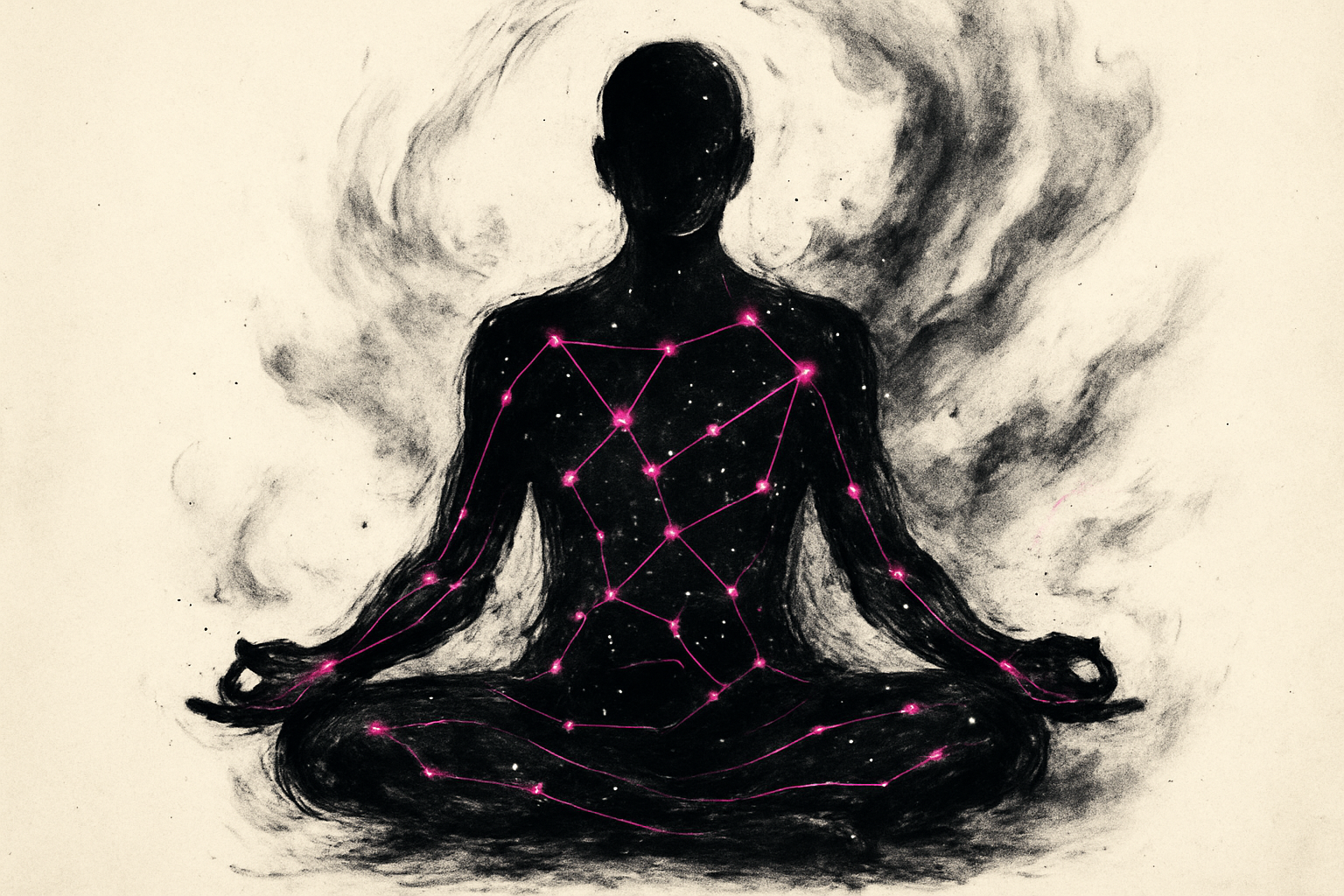
What It Is: The Odyssey supports open-ended mastery of one's passion without fixed endpoints. Adobe Creative Cloud doesn't have a graduation ceremony. GitHub doesn't have a final level. These platforms enable lifelong journey of expertise development.
The Psychology: Odysseys aim to create sustained "flow" states: an optimal experience where challenge, inspiration for the new and skills growth dynamically balance. They tap into intrinsic motivation, supporting passion-driven exploration rather than one driven by external goals alone.
Why It Matters: Successful Odysseys create incredibly valuable users: the experts, the innovators, the evangelists. They generate extreme loyalty because the platform becomes part of the user's identity and life's work.
Real Implementation:
- External: Adobe Firefly thus far enabling 22 billion creative assets through human-AI collaboration
- Internal: Google's 20% time enhanced with AI research and execution tools for passion projects
Strategic Principle: Emphasize for high-performers and innovation teams. The investment is high but the returns—in breakthrough thinking and deep expertise—are irreplaceable.
The Three Emergent AI Experience Archetypes: The Future of Human-AI Collaboration
5. The Expedition: Collaborative Discovery
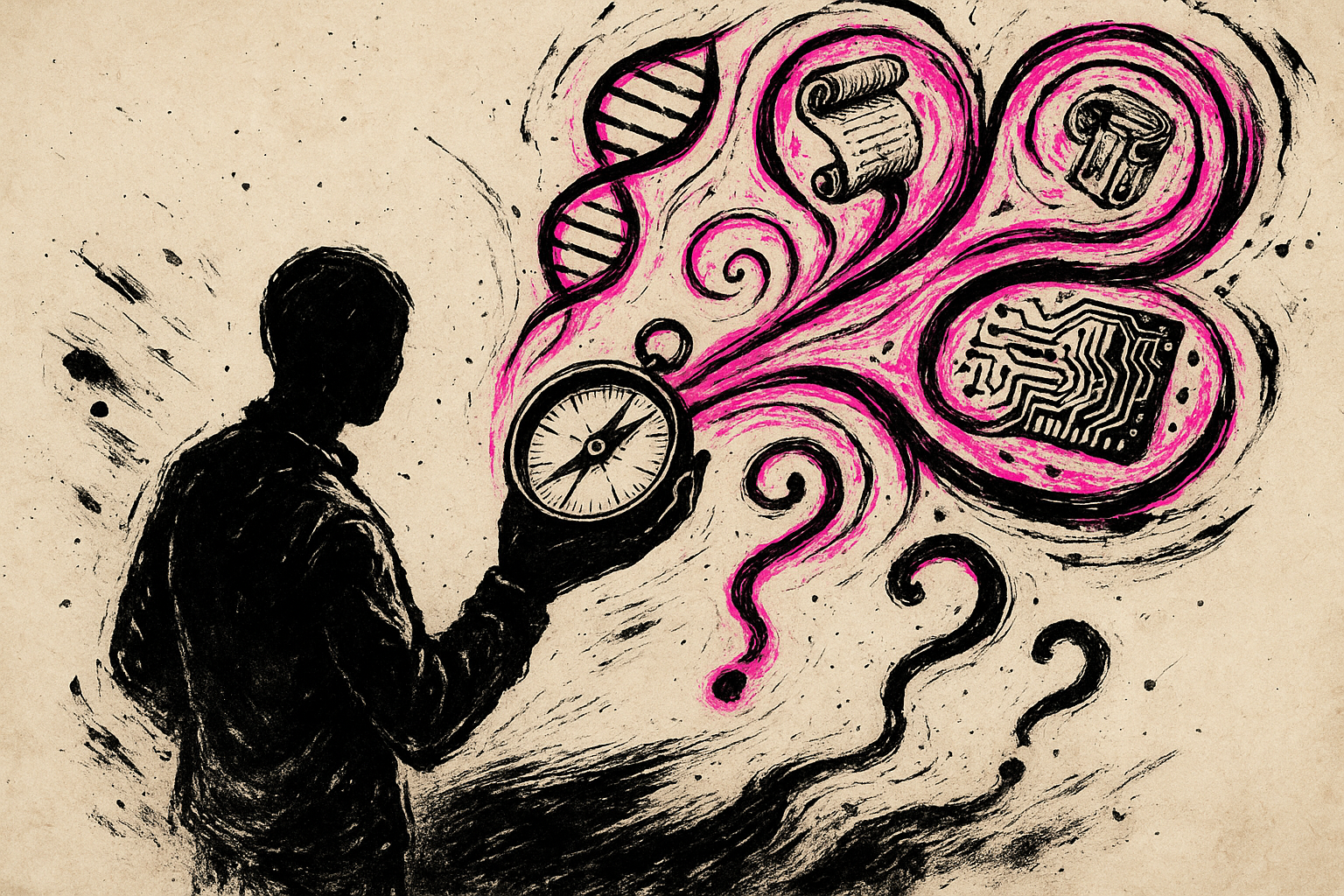
What It Is: The Expedition positions AI as a research partner for exploring the territories of the unknown unknowns. Unlike search engines that find answers, Expedition AI doesn't just answer questions or create outputs; it lays out worthy areas to explore and crafts the right questions to navigate complex landscapes.
The Psychology: Based on information-seeking behavior theory and collaborative intelligence principles, Expeditions support "sensemaking"—the active construction of understanding from broad and ambiguous information.
Why It Matters: In an era of information overload, the ability to synthesize insights from vast data becomes crucial. Expedition AI experiences don't replace human curiosity; it feeds it and amplifies our ability to satisfy it.
Real Implementation:
- External: Perplexity AI for research, Elicit for academic investigation
- Internal: Market intelligence platforms that help strategists uncover hidden patterns
Example in Action: Insilico Medicine used AI to identify a novel drug target for pulmonary fibrosis in 18 months: a process that typically takes 6 years. The AI didn't discover the drug; it empowered humans to explore the possibility space faster.
Strategic Principle: Essential for R&D, strategy, foresight and innovation teams. Design to enhance human pattern recognition, not replace human judgment.
6. The Canvas: Creative Amplification
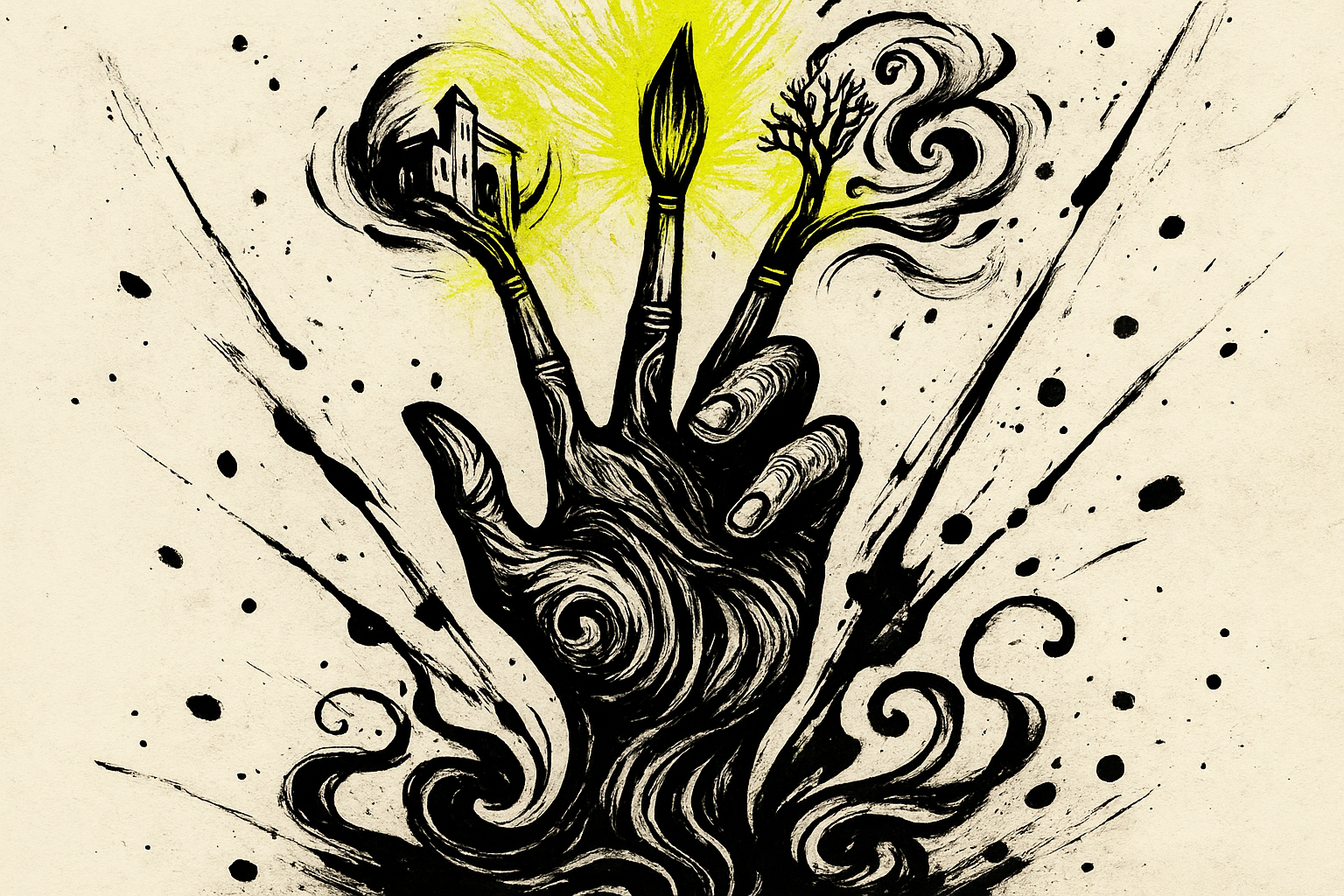
What It Is: Canvas experiences position AI as a creative collaborator, not a creative replacement. GitHub Copilot doesn't just write code, but amplifies a developer's ability to express ideas in code. Midjourney doesn't create art on its own. It enables artistic vision without technical barriers.
The Psychology: Based on creativity support tool research, Canvas AI provides cognitive scaffolding: removing technical obstacles while preserving human agency over creative decisions.
Why It Matters: Canvas experiences can democratize creativity without homogenizing it. They expand who can create while preserving what makes creation meaningful: human vision, taste, and judgment.
Real Implementation:
- External: Canva's Magic Studio tools enabling non-designers to imagine and create.
- Internal: Autodesk's generative design helping engineers explore impossible geometries
Example in Action: Airbus used generative design AI to create a cabin partition 45% lighter than traditional designs. The AI explored millions of options, but humans defined the constraints, evaluated the results, and made the creative decisions.
Strategic Principle: Focus on amplifying unique human expression, not generating generic output. The best Canvas tools make humans more creative, not less necessary.
7. The Agora: Collective Intelligence
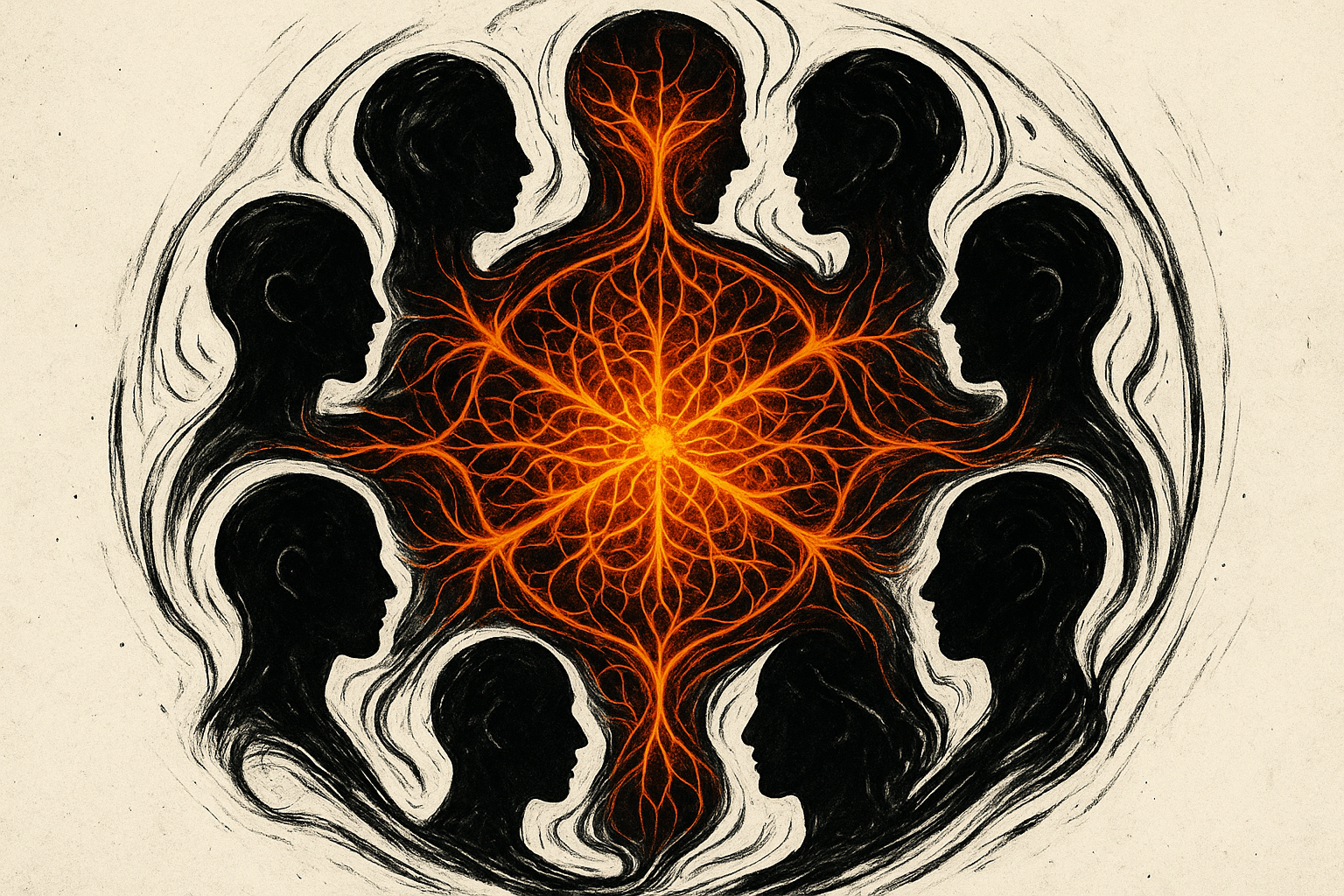
What It Is: The Agora uses AI to enhance group intelligence: connecting minds, facilitating collaboration, and synthesizing collective insights. Named for the ancient Greek public square, these systems focus on community rather than individual enhancement.
The Psychology: Based on collective intelligence research, Agoras optimize collaboration patterns. They don't automate teamwork; they make teams smarter than the sum of their parts.
Why It Matters: Most complex challenges require collective intelligence. Agora AI can break down silos, bridge gaps between disciplines, surface hidden expertise, and create knowledge networks that no individual could create or maintain.
Real Implementation:
- External: GitHub's AI helping developers learn from millions of code examples
- Internal: Microsoft Teams AI identifying key decisions and connecting relevant experts
Strategic Principle: Critical for organizations dependent on knowledge work and innovation. Design to enhance human connection, not replace it.
Organizations Getting It Right
Duolingo: The Trek Master
Duolingo has perfected the Trek archetype, using AI to create personalized learning journeys that adapt in real-time. Their Birdbrain AI doesn't make language learning effortless; it makes it optimally effortful. Result: 50 million daily active users actually developing new capabilities.
Adobe: The Odyssey Enabler
Adobe's Creative Cloud with AI features like Firefly represents the ultimate Odyssey platform. It doesn't automate creativity—it expands creative possibility. Users spend entire careers exploring its capabilities, with the AI continuously opening new creative territories.
Unilever: The Internal Trek Pioneer
Unilever's FLEX Experiences platform uses AI to create personalized career development Treks. Employees discover opportunities they didn't know existed, build skills through stretch assignments, and navigate career paths with AI guidance. The result: increased retention and a more capable workforce.
Microsoft & GitHub: The Canvas and Agora Revolutions
GitHub Copilot exemplifies the Canvas archetype—AI as creative partner. It doesn't replace programmers but amplifies their ability to express ideas in code. Microsoft reports that developers using Copilot complete tasks 55% faster while maintaining or improving code quality.
From Framework to Implementation: Building Your AI Experience Portfolio
The Portfolio Approach
Like any investment portfolio, your AI initiatives need diversification. An organization running only Routines is like a portfolio of only bonds—safe but limited. Only Joyrides? That's speculation without substance.
You need to determine your AI experience portfolio according to your strategy, needs and readiness along the Implementation Roadmap below. But different business models and strategies might have varying portfolios e.g. along the below.
Chart 1: Example AI Experience Portfolios x Business Models
AI Experience Portfolio Examples
Global Management Consulting
Thought leadership & client value
Automotive Manufacturing
Operational excellence & quality
D2C E-commerce Brand
Customer experience & growth
Series B SaaS Startup
Product-market fit & hypergrowth
Regional Hospital System
Patient outcomes & efficiency
Creative Agency
Innovation & creative excellence
AI Experience Archetypes
Implementation Roadmap
As your portfolio, your implementation roadmap will vary according to your context, goals and requirements, but the following stages will be generally useful.
Chart 2: Roadmap to Crafting a Bespoke AI Experience Portfolio
Implementation Roadmap
Discovery & Assessment
Portfolio Design
Pilot & Learn
Scale & Integrate
Evolve & Optimize
Key Actions by Organizational Type:
- High-automation needs (manufacturing, logistics): Start by enriching existing Routines with Trek elements
- Knowledge-intensive (consulting, research): Prioritize Expedition and Odyssey experiences
- Creative/innovative (agencies, startups): Lead with Canvas and Agora implementations
- Customer-facing (retail, hospitality): Balance Joyrides with capability-building Treks
- Regulated industries (healthcare, finance): Focus on Treks that ensure competency while maintaining compliance
Strategic Principles for the AI Experience Economy
1. Match Archetype to Need
Not every interaction needs to be a learning experience. The key is intentional design:
- Use Routines for truly repetitive, low-value tasks
- Deploy Treks where skill building creates competitive advantage
- Reserve Odysseys for roles requiring deep expertise
- Apply Canvas tools where creativity drives value
2. Design for Human Agency
The most successful AI experiences maintain human control and judgment:
- Users should understand why AI does what it does—even if not the how
- Humans should always have override capability
- Experiences should build confidence, not only dependency
- Progress should be visible and attributable to human effort
3. Measure What Matters
Traditional metrics miss the point. Track:
- Skills developed per employee
- Problems solved through human-AI collaboration
- Innovations generated through AI augmentation
- User confidence and capability self-assessments
- Retention of high-performers given growth opportunities
4. Create Safe Practice Spaces
Humans need room to experiment without consequence:
- Sandbox environments for trying new AI tools
- Clear guidelines about acceptable exploration
- Celebration of learning from AI-assisted failures
- Time allocation for capability development
The Competitive Reality: Why This Matters Now
The Talent War
More than half of AI power users plan to leave organizations that don't provide adequate AI development opportunities. But "adequate" doesn't mean just ChatGPT access; it means an AI experience ecosystem that helps them grow. E.g. ServiceNow's frED platform offers growth, not just efficiency. Organizations that offer only automation will lose their best people to those offering amplification.
The Innovation Imperative
MIT research shows 40% productivity gains when AI augments skilled workers—but breakthrough innovations come from human-AI collaboration, not automation alone. Every major AI success story involves humans and AI achieving together what neither could alone.
The Resilience Factor
Organizations built on pure automation are fragile. When systems fail, when regulations change, when novel situations arise, you need humans with enhanced—not atrophied—capabilities. A diverse AI experience portfolio builds organizational resilience.
The Choice Before Us
The organizations that thrive in the next decade won't be those with the most automated processes. They'll be those offering the most purposeful portfolio of AI experiences that enhance human capability.
The frameworks are emerging. The knowledge exists. What we need is imagination and the will to move beyond automation toward amplification.
The future belongs not to artificial intelligence but to augmented intelligence: AI experiences that make humans more capable, not less necessary. The organizations that understand and act on this distinction will own the next decade.
The seven archetypes aren't just trivial options. They're major opportunities. Opportunities to engage customers more deeply, develop employees more fully, and innovate more powerfully than automation alone ever could.
The question isn't whether to adopt AI. It's whether you'll use AI to build human capability or let it erode. Whether you'll offer a rich portfolio of experiences or get stuck in the automation trap.
Whether you'll prepare your organization for a future of enhanced humans—or diminished ones.
Sources
Foundational Research
- Harvard Business Review: What You're Getting Wrong About Customer Journeys
- McKinsey: The Learning Organization - How to Accelerate AI Adoption
- MIT Media Lab: Your Brain on ChatGPT
- Stanford HAI: Human-Centered AI Research
Cognitive Science & Psychology
- Microsoft & Carnegie Mellon: Study on AI and Critical Thinking
- ResearchGate: The Vicious Circles of Skill Erosion - A Case Study of Cognitive Automation
- Goal-Setting Theory - Locke & Latham
- Self-Determination Theory
- Flow Theory - Csikszentmihalyi
- The Hook Model - Nir Eyal
Company Case Studies & Examples
Routine Archetype:
Joyride Archetype:
Trek Archetype:
- Duolingo: How Birdbrain AI Learns
- Duolingo Blog: Learning How to Help You Learn
- Unilever AI Talent Marketplace - Gloat
- IBM Your Learning Platform
- One Peloton
Odyssey Archetype:
Expedition Archetype:
Canvas Archetype:
Agora Archetype:

